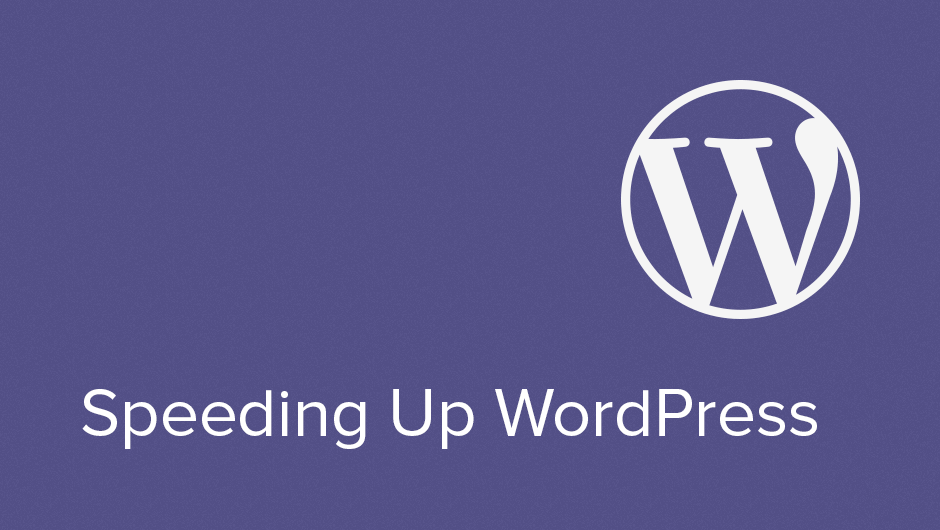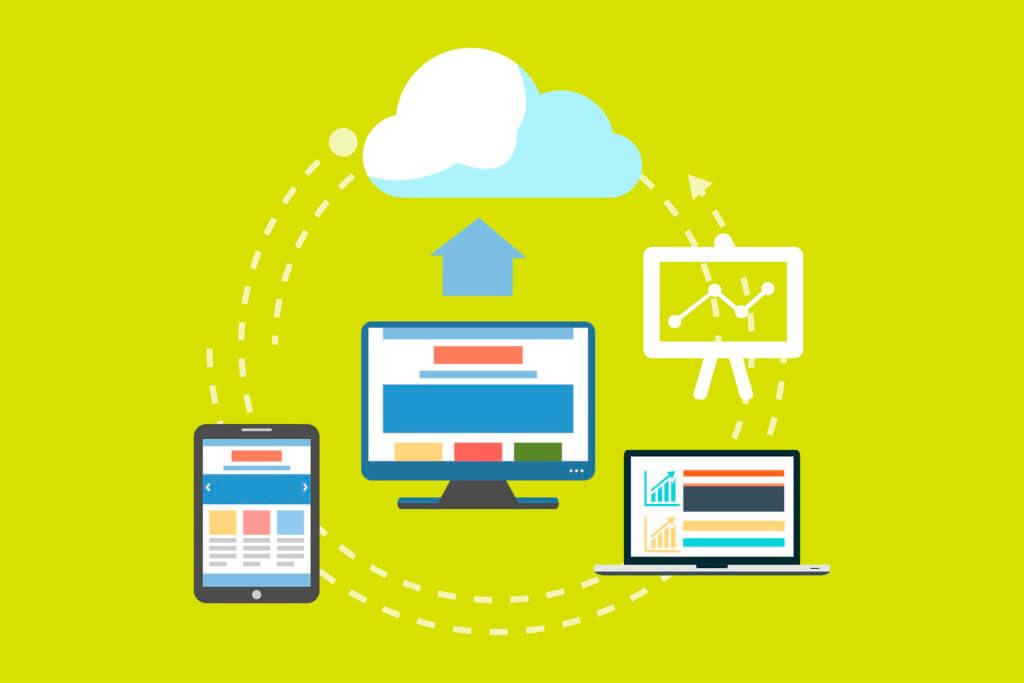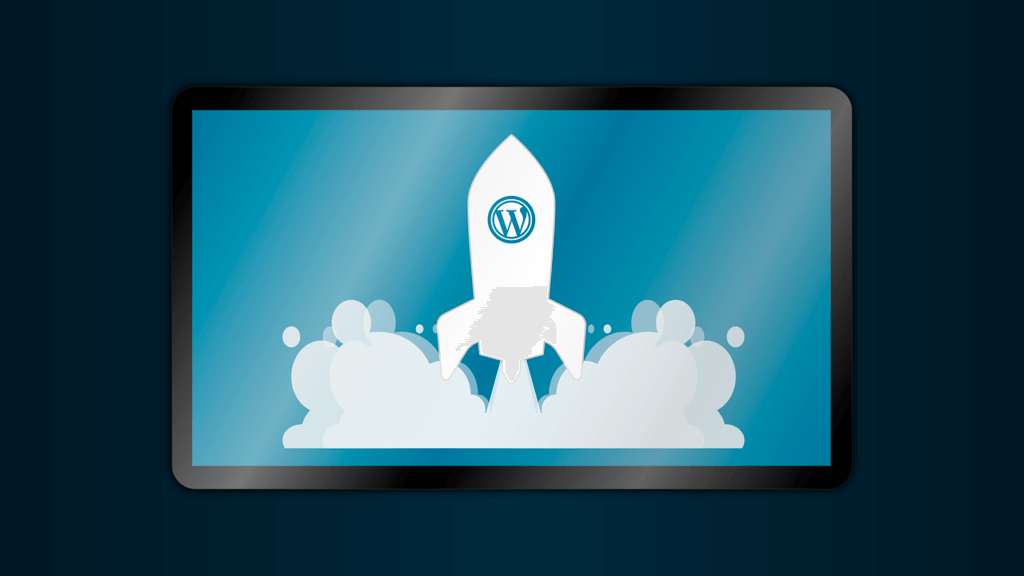
Top Ways to Boost Your WordPress Website Speed
Of late Internet users have become accustomed to find anything and everything instantly. Quantum of content presented to users has increased, while attention spans have reduced. A recent study by a leading internet metrics site shows that 47% of viewers expect a web page to load within 2 seconds, while 40% abandon the page if it takes more than 3 seconds to load. This reason alone is most important to improve page load time. More so for a WordPress website, as the WordPress platform itself has some overhead. The most popular search engine Google also considers the page load speed as an important metric to rank a web page.
Move your assets to the CDN
 Take advantage of the CDNs. A CDN or Content Delivery Network is a network of mirrored servers spread across large geographical area, usually the across the globe. A CDN serves mirrored, cached, static content from a server closest to your website visitor. This reduces the distance traversed by the data packets on the web. All static content like CSS, HTML, JavaScript, audio and video media files and documents should be moved to a CDN. You certainly do have plenty such files in a beautifully themed WordPress website, so this step would lead to significant increase in page load speed. This is by far the most important of the top ways to boost your WordPress website speed.
Take advantage of the CDNs. A CDN or Content Delivery Network is a network of mirrored servers spread across large geographical area, usually the across the globe. A CDN serves mirrored, cached, static content from a server closest to your website visitor. This reduces the distance traversed by the data packets on the web. All static content like CSS, HTML, JavaScript, audio and video media files and documents should be moved to a CDN. You certainly do have plenty such files in a beautifully themed WordPress website, so this step would lead to significant increase in page load speed. This is by far the most important of the top ways to boost your WordPress website speed.
Optimize and compress media files
![]() A sample WordPress page always reminds that ubiquitous saying – “a picture is worth a 1000 words.” Right, but not so for smooth webpage loading experience. The higher the quality and the quantity of the image(s), the more will be the download size of the webpage. This results in degraded performance of the webpage leading to user disinterest. The media download size can be reduced in several ways.
A sample WordPress page always reminds that ubiquitous saying – “a picture is worth a 1000 words.” Right, but not so for smooth webpage loading experience. The higher the quality and the quantity of the image(s), the more will be the download size of the webpage. This results in degraded performance of the webpage leading to user disinterest. The media download size can be reduced in several ways.
- Compressing image media files will considerably reduce the data download size. There are plugins for wordpress that automatically do this for you. For example, Smush, Imagify, EWWW
- For video files, use a video transcoder plugin or use a video transcoding API that compresses the video file to HVAC format for maximum compression.
- Using optimal file formats will contribute to data size reduction. Use JPG or PNG instead of BMP. Newer formats like WEBP can also be used.
- Use vector graphics instead of raster graphics for images needing simple geometric shapes, like logos, icons, text at varying sizes.
- Use new visual techniques. For example, use CSS3 for visual effects like gradients and shadows instead of using an image.
- Use web fonts rather than text decoration encoded into images. This also helps in responsiveness of the webpage by allowing resize-on-the-fly.
- Place thumbnail or low resolution placeholder image for video media. Download or play only when user clicks on thumbnail.
- Use GIF animations instead of video bits having few frames.
Select the right caching plugin on your WordPress site
 Cache plugins save a copy of the page, database queries and objects like images, CSS and JavaScript files in cache. So a repeat request for a webpage resource will not put load on the web server but serve from cache. There are some popular plugins for caching but selecting the right plugin is very important. A wrong selection or improper cache settings would result in unwanted behavior like outdated page, session disruption. A cache plugin should ideally have options to –
Cache plugins save a copy of the page, database queries and objects like images, CSS and JavaScript files in cache. So a repeat request for a webpage resource will not put load on the web server but serve from cache. There are some popular plugins for caching but selecting the right plugin is very important. A wrong selection or improper cache settings would result in unwanted behavior like outdated page, session disruption. A cache plugin should ideally have options to –
- cache specific pages;
- cache database query results, especially for ecommerce sites;
- cache objects with CDN support;
- exclude specific pages;
- rebuild cache periodically;
- perform browser caching on user system.
Popular cache plugins like W3 Total Cache, WP Super Cache, Wp Fastest etc. are optimized for better performance.
Minify your website’s CSS and JS files
 Minification is a method of getting rid of redundant and unused parts of the webpage. JavaScript files are usually loaded in the header or footer in WordPress. But not all JS files are required in all pages. So, minification ensures loading of only used JS files. Spaces and comments are used in CSS, HTML and JS files for readability, but these are not required for rendering the page. Minification strips such redundant portions of the webpage, which improves the page speed. Most cache plugins include minification feature.
Minification is a method of getting rid of redundant and unused parts of the webpage. JavaScript files are usually loaded in the header or footer in WordPress. But not all JS files are required in all pages. So, minification ensures loading of only used JS files. Spaces and comments are used in CSS, HTML and JS files for readability, but these are not required for rendering the page. Minification strips such redundant portions of the webpage, which improves the page speed. Most cache plugins include minification feature.
Reduce HTTP requests
This is an oft ignored aspect of increasing page load speed. A web server has limited simultaneous connections available for a website. 4 to 8 simultaneous open connections is the norm. Each webpage resource uses one connection to download. So, if a webpage has tens or hundreds of page resources to be downloaded, obviously the webpage would have to make several trips to the server to render the whole page. Let’s see some ways to reduce HTTP requests.
- Reduce the number of images. Too many images not only reduce page speed but also increase clutter for the user. Less information at a time is easier to assimilate.
- Several small images can be combined into a sprite-sheet and required image can be served using CSS.
- Multiple CSS and JS files can be combined into one file.
- Dynamic and conditional statements can be used to load only required resources. This is especially useful for responsive websites, where different files are requested depending on the user device.
Choose a browser-friendly theme
 Media-heavy themes are slow to load. If the website is a media oriented site, like a photographers portfolio site, maybe the user would be motivated to stay longer than few seconds for the page to load. But for most sites it is preferable to use simplistic themes that load fast. Consider also if the theme is conducive to all the top ways to boost your WordPress website speed that we discussed above. Is the theme light on resources? Does it need less number of HTTP requests per webpage downloaded? Does it use conditionals to load only required objects? Do you know of any other ways to boost your WordPress website speed? Share your thoughts in the comments. Download Free WordPress Plugins by Supsystic
Media-heavy themes are slow to load. If the website is a media oriented site, like a photographers portfolio site, maybe the user would be motivated to stay longer than few seconds for the page to load. But for most sites it is preferable to use simplistic themes that load fast. Consider also if the theme is conducive to all the top ways to boost your WordPress website speed that we discussed above. Is the theme light on resources? Does it need less number of HTTP requests per webpage downloaded? Does it use conditionals to load only required objects? Do you know of any other ways to boost your WordPress website speed? Share your thoughts in the comments. Download Free WordPress Plugins by Supsystic